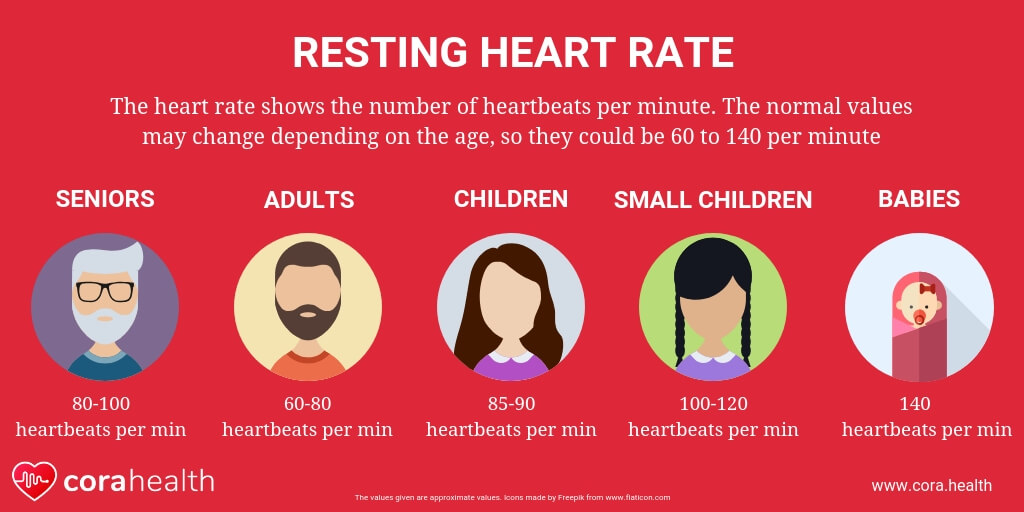
“While some people falsely claim that a preborn baby at 6 weeks’ gestation is just a clump of cells, science demonstrates the baby is already a complex human being,” said Dr. – With a national debate raging over the new Texas law which protects life from the first heartbeat, what does science say about unborn babies at 6 weeks’ gestation?
#Normal heartbeat per minute during pregnancy full#
The full paper, ' Trends of blood pressure and heart rate in normal pregnancies: A systematic review and meta-analysis,' can be read in BMC Medicine.Following the Science on Texas Heartbeat Act

This new analysis allows us to identify and treat the small proportion of pregnancies where blood pressure changes are outside the normal range.' Evidence based early warning scores specific to pregnant woman are urgently needed and this study should inform their development.'ĭr Peter Watkinson, consultant intensive care physician and co-lead for the Technology and Digital Health research theme for the NIHR Oxford Biomedical Research Centre said: 'It is really important that we understand what are normal changes during pregnancy. This highlights the importance of evidence-based medicine to support and plan clinical care. This new report provides reliable evidence-based ranges of blood pressure and heart rate to allow women with worsening health to be identified more quickly and accurately, throughout pregnancy.ĭr Lucy Mackillop, Consultant Obstetric Physician and one of the authors said: 'This an important study challenging the widely held view of the expected changes to vital signs during pregnancy. However, MEOWS differ between hospitals and use warning thresholds for blood pressure and heart rate based on expert opinion rather than evidence. This is a version of the National Early Warning Score used across the NHS that has been adjusted to account for physiological changes during pregnancy. Most UK hospitals check individual patients’ results against a Modified Early Obstetric Warning Scores (MEOWS) to monitor women during pregnancy. This helps clinical staff make decisions about when patients need additional treatment. This is closer to a 10% rise.Īll pregnant women should have their blood pressure and heart rate monitored when they are admitted to hospital. Rather than the 20-30% increase (~15-20 beats per minute) suggested in earlier publications, newer data suggest that heart rates increase by just 7-8 beats per minute. Heart rate increases during pregnancy are also much less than previously thought. The analysis also included heart rate measures from just over 8000 women. Blood pressures are similar for those women pregnant with their first baby as for those who already have children. The steady increase in blood pressure over time since 1967 may be a result of pregnant women being older and heavier.

The analysis also shows that, on average, systolic blood pressure rises very slightly through pregnancy.īlood pressure in pregnant women has increased slightly each year since 1967. This is much less of a drop than suggested in the text books. This newer and much larger analysis shows that the lower diastolic blood pressures seen mid-pregnancy are on average just 1-2 mmHg lower than the earliest measurements that were taken in about week 10. These text books are based on old data and quite small numbers of pregnant women. Traditionally, medical text books have taught students that blood pressure drops by 10-15mmHg during the middle of pregnancy.

The new findings show that changes to women’s blood pressure and heart rate during pregnancy are not as striking as previously thought.

New research from researchers at The University of Oxford, and published in BMC Medicine, includes much more recent data. Medical text books are based on data that is now over forty years old.


 0 kommentar(er)
0 kommentar(er)
